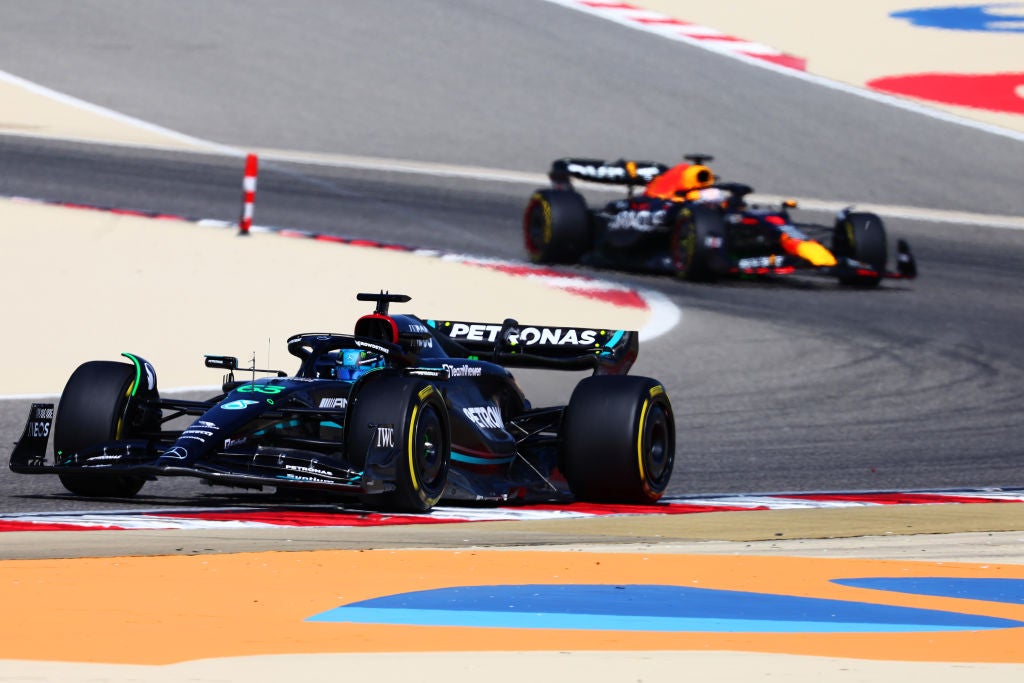What is DRS in F1, what does it stand for and how does it work?
The system effectively makes it easier for cars to overtake along long straights
Your support helps us to tell the story
This election is still a dead heat, according to most polls. In a fight with such wafer-thin margins, we need reporters on the ground talking to the people Trump and Harris are courting. Your support allows us to keep sending journalists to the story.
The Independent is trusted by 27 million Americans from across the entire political spectrum every month. Unlike many other quality news outlets, we choose not to lock you out of our reporting and analysis with paywalls. But quality journalism must still be paid for.
Help us keep bring these critical stories to light. Your support makes all the difference.
If you’ve become a fan of Formula 1 in recent years, you will probably be familiar with the term ‘DRS’ - the system which effectively allows for more overtaking.
Following its introduction in 2011, DRS has become a vital part of the sport. It stands for Drag Reduction System and is an adjustable part of the rear wing which, when opened, improves speed by 10-12km/h.
That doesn’t sound like a lot when cars already travel at around 300km/h, but it can make all the difference on a long straight.
Drivers are only allowed to use DRS under certain conditions: the system is only enabled after the opening two laps of the race and drivers must be within one second of the car in front in order to activate it. Drivers can also only use DRS in certain ‘zones’ around each track, which are usually found on the straights.
If Lewis Hamilton was chasing Max Verstappen, for example, he could only use DRS once he got within one second of the Red Bull driver.

Along a straight, Hamilton would get an extra boost of speed that would not be available to Verstappen as he is the car in front, making it considerably easier to execute the overtake in a part of the track where pure speed is the only factor.
If another driver, say Lando Norris, was within a second of Hamilton, who was within a second of Verstappen, then both drivers would be able to use DRS once it became enabled.
In midfield, where cars are usually closer together, such scenarios can create what is called a ‘DRS train’ in which the benefits of the system are effectively cancelled out - as it is available to several drivers at once.
Drivers can use DRS if they are within a second of a car on the track irrespecitve of position; so the frontrunners could use DRS when they are about to lap a car.

Join our commenting forum
Join thought-provoking conversations, follow other Independent readers and see their replies
Comments